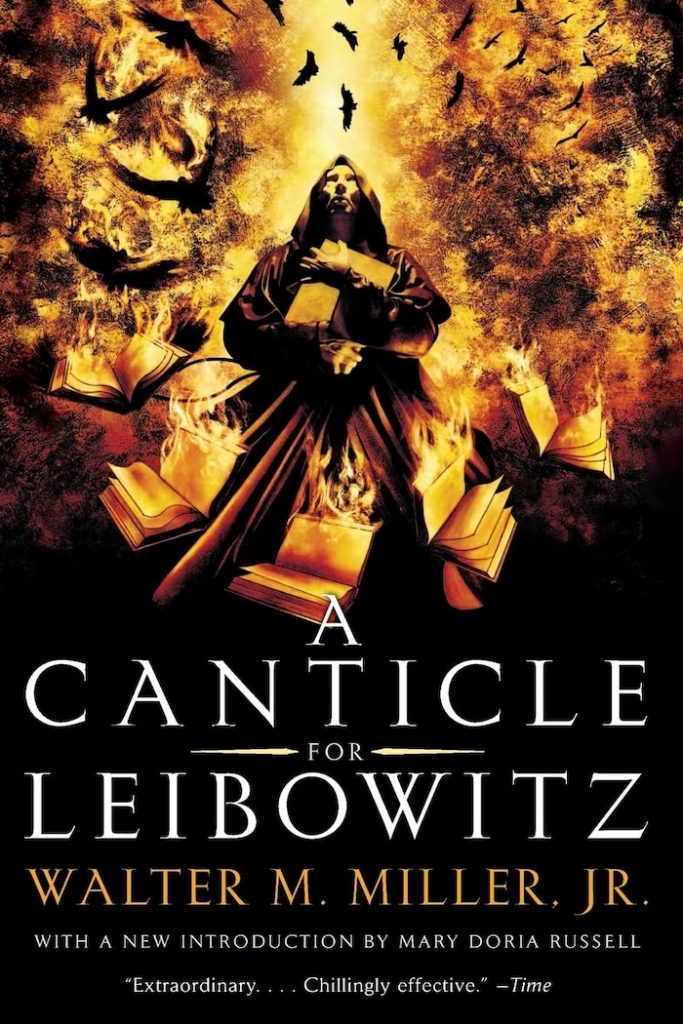
A Canticle for Leibowitz by Walter Miller Jr. is a science fiction dystopian novel of the highest order. Published and having won the Hugo Award for best novel in 1961, I was quite shocked to realize how it much the novel still resonates today. In fact, we’re likely repeating history if the book is anything to go by. A dystopian setting such as set here in my opinion is much scarier and horror-like than any story about haunted houses and ghosts. Having monks and priests guard and preserve the history and learning of a civilization long past extinct it in the hopes of mankind once again rising to its previous glories and prestige definitely sounded interesting. One would expect a lot of political bickering and sabotage. However, while I was disappointed in that regard, the story still managed to have kept me engaged throughout my reading, and it only slightly drifted towards the mundane in the later parts.
Listen, are we helpless? Are we doomed to do it again and again and again? Have we no choice but to play the Phoenix, in an unending sequence of rise and fall?
Abbot Zerchi
With the novel being split into three major sections and timelines, my favorite would be the initial one. Following Brother Francis upon his discovery that would set in motion events for centuries to come was one of the best parts of the novel. The novel has very little humor but what humor the author did include with Brother Francis in the beginning I found myself thoroughly missing it with the other characters in the other two sections. The humor didn’t feel intentional, and I believed the dystopian and bleak setting of the novel would still have been maintained. As one could guess, future sections gets fast-forwarded thousands of years from each other and shows the progress mankind has made until everything eventually comes full circle.
If I but strike quickly enough, and in secret, I shall destroy those others in their sleep, and there will be none to fight back; the earth shall be mine.
My only gripe is really with the occasional mundane blabbering in the last section. In fact, I found that the abbots and other characters get less and less interesting as the novel moves ahead. Fortunately, their actions and surrounding events is more imperative to the novel and I guess when you have such a huge time span, the characters themselves ultimately don’t matter as they are just a tiny smote of dust when compared against the tide of thousands and thousands of years to come. The ending was definitely unique and trippy. I had to think awhile regarding Mrs. Grales and Rachel. I had to look upon other Redditors and reviewers to see what their thoughts were for comparison. I believe I was within the ballpark of their interpretations.
“Because a doubt is not a denial. Doubt is a powerful tool, and it should be applied to history.”
Thon Thaddeo
A Canticle for Leibowitz is a great dystopian novel and one that should be read regardless of its predictability in its ending. I’m very happy to have found that the author wrote another novel in the same world but taking place 80 years after Dom Paulo (fiat lux) timeline called Saint Leibowitz and the Wild Horse Woman. This will for sure go into my to-read list. I found I had wanted to stay in that same timeline as Brother Francis (fiat homo) but it unfortunately ended to soon. This follow-up hopefully will cure that itch.
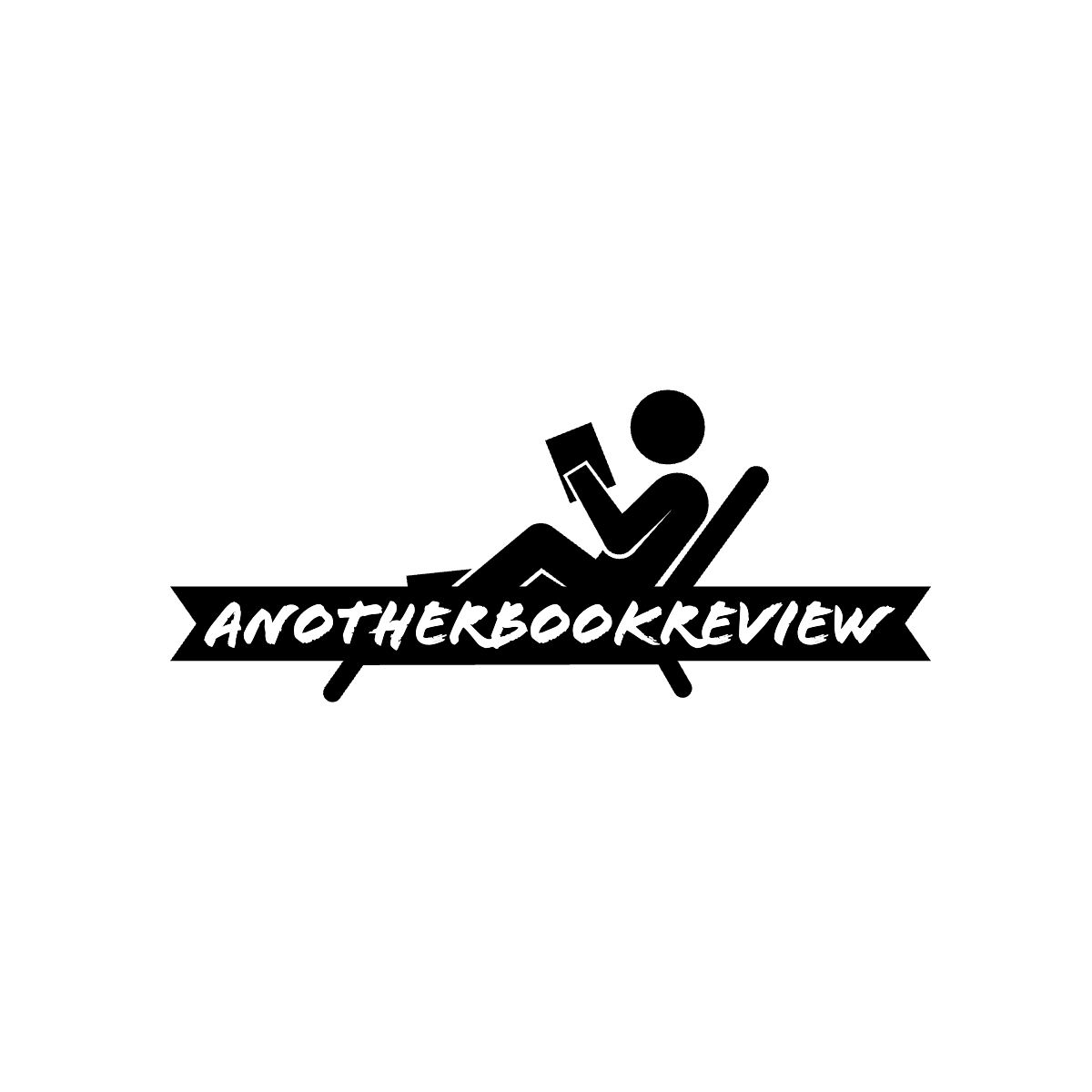


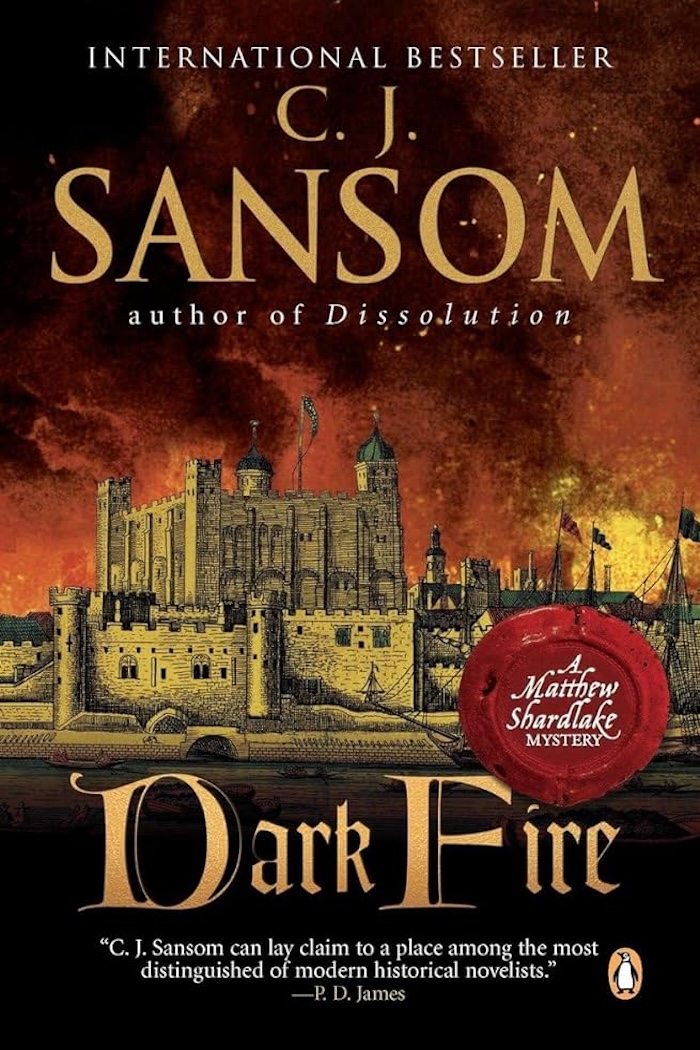
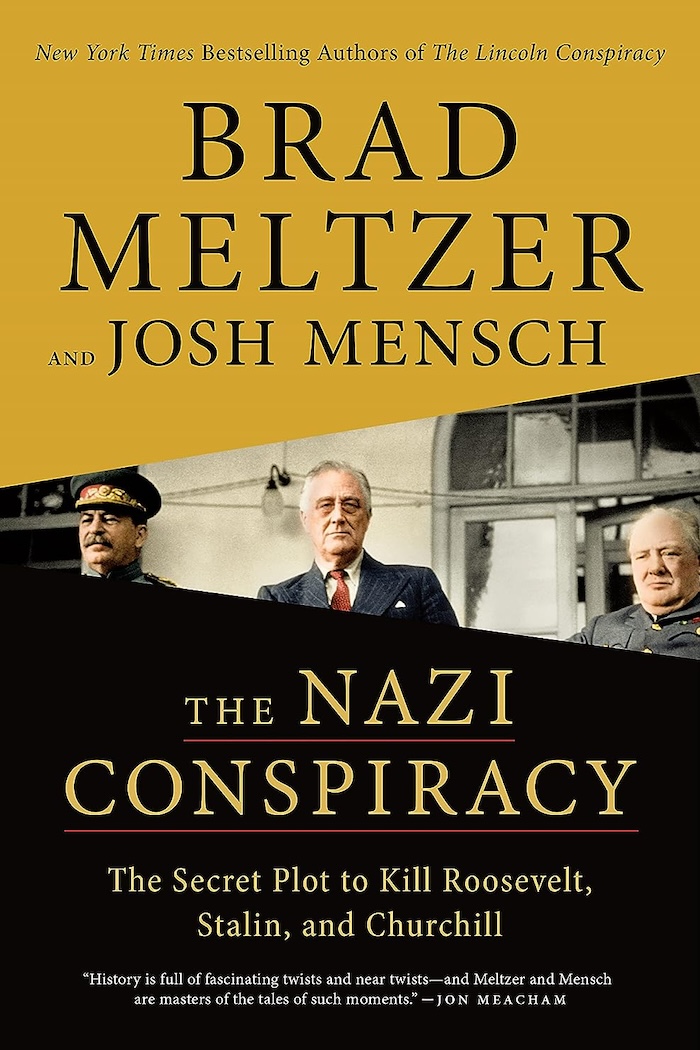
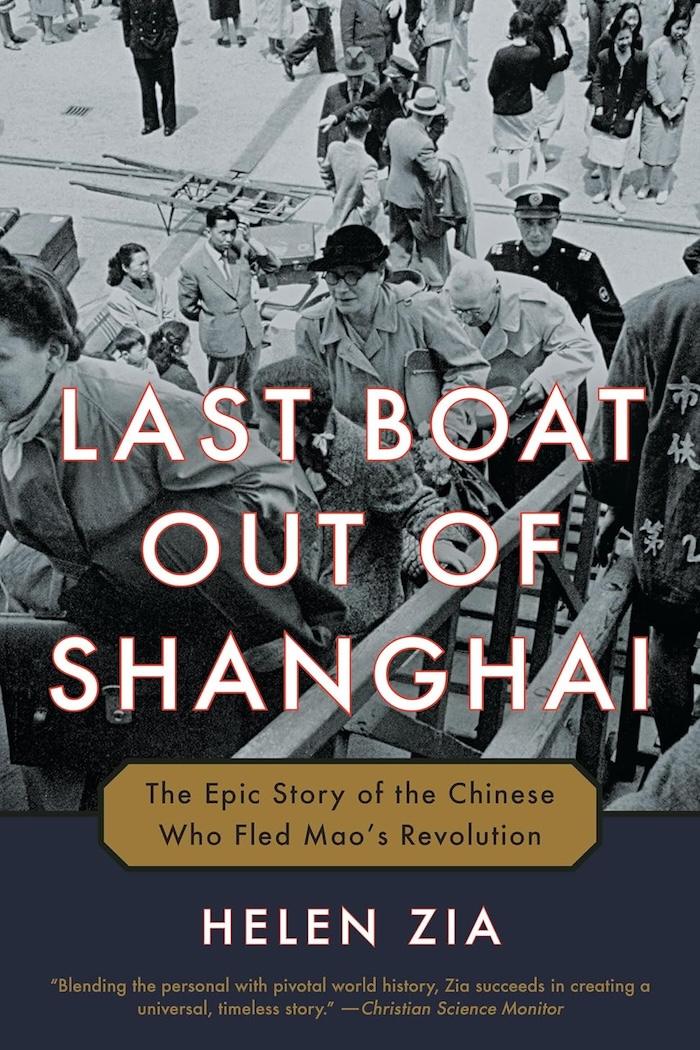


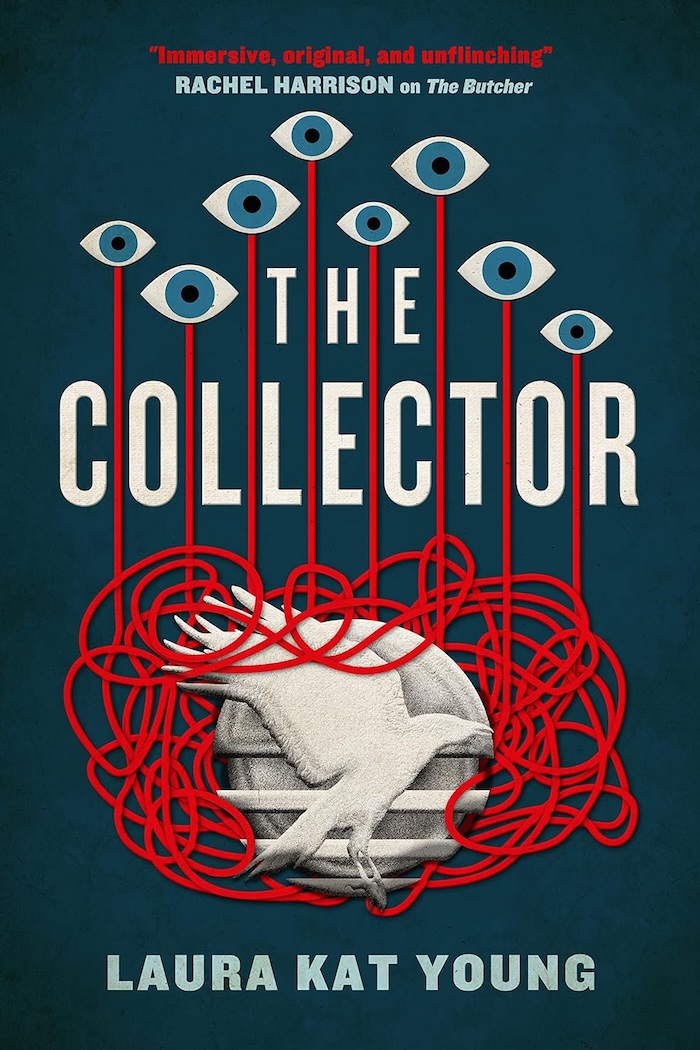
Leave a Reply